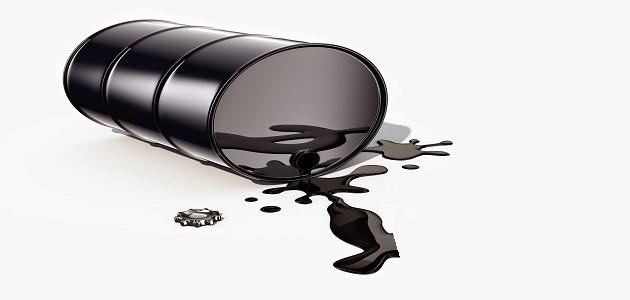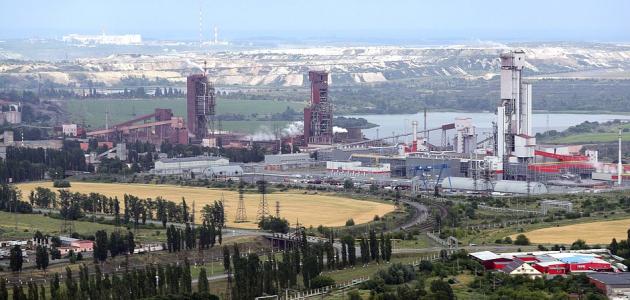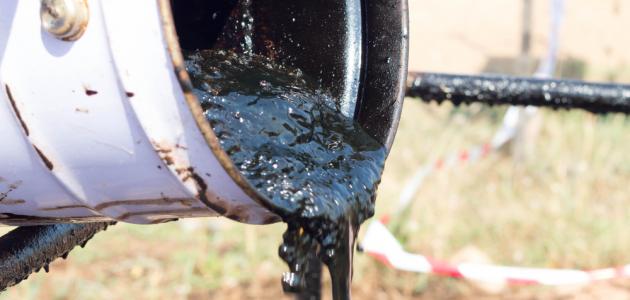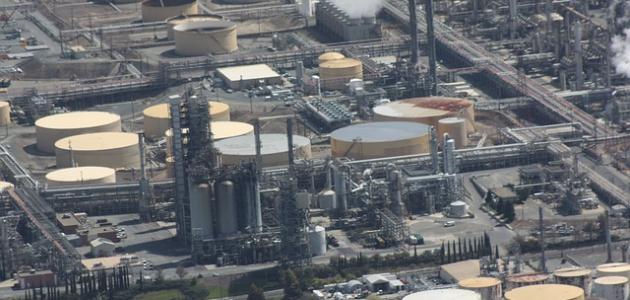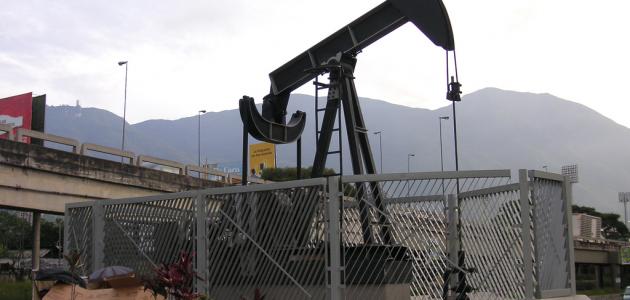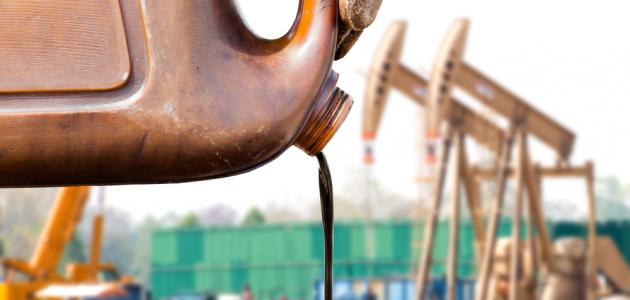The stages of petroleum formation
configuration stage
The stages of petroleum formation include two stages, which are as follows:
- Genesis of kerogen: (Diagenesis forms Kerogen); When aqueous organic compounds rich in minerals, such as proteins, fats, and carbohydrates, are deposited and exposed to pressure and heat in the presence of some microorganisms, these compounds decompose chemically, producing a waxy substance known as kerogen, in addition to a black tar substance known as bitumen. Hundreds of years of burial.
- Retrograde genesis: catagenesis; It is a process through which kerogen turns into petroleum and natural gas, and this process begins when the depth of burial increases. As the temperature and pressure increase, kerogen decomposes thermally, with the presence of some minerals that stimulate the process, and it is worth noting that when kerogen decomposes, the resulting substance varies according to the surrounding conditions such as pressure and temperature; Where the formation of petroleum requires high temperatures, but if the temperatures are too high, natural gas is formed, but if it is too low, kerogen does not decompose.
Migration
The resulting hydrocarbons move through pores with coarse-grained permeable particles such as sandstones and carbonates. This movement may result from rock lifting, folding, or other changes associated with plate tectonics. Oil or natural gas continues its movement until it collides with non-porous rocks, or It is not exhaustible, and it forms what is known as the reservoir (Reservoir), and sometimes oil or natural gas continues to move until it reaches the surface, where it is subjected to chemical decomposition by some oxidation agents and bacteria.
Read also:How to make oilthe gathering
Most types of petroleum accumulate in reservoirs with clastic rocks such as sandstone and mudstones, some collect in reservoirs consisting of carbonate rocks such as limestone and dolomite, and some types of petroleum accumulate in igneous rocks and metamorphic rocks.
Theories of formation of organic and inorganic petroleum
The inorganic theory states that the origin of petroleum are carbon and hydrogen, and as a result of exposure to pressure and heat, oil and natural gas are formed. As for the organic theory, it is the most acceptable; It states that the origin of oil and natural gas is the remains of plants and animals that died a long time ago, and were buried in the ground or at the bottom of the sea, then layers accumulated on top of them, and as a result of pressure and heat, petroleum was formed.
Read also:How to separate oil derivatives from each other

